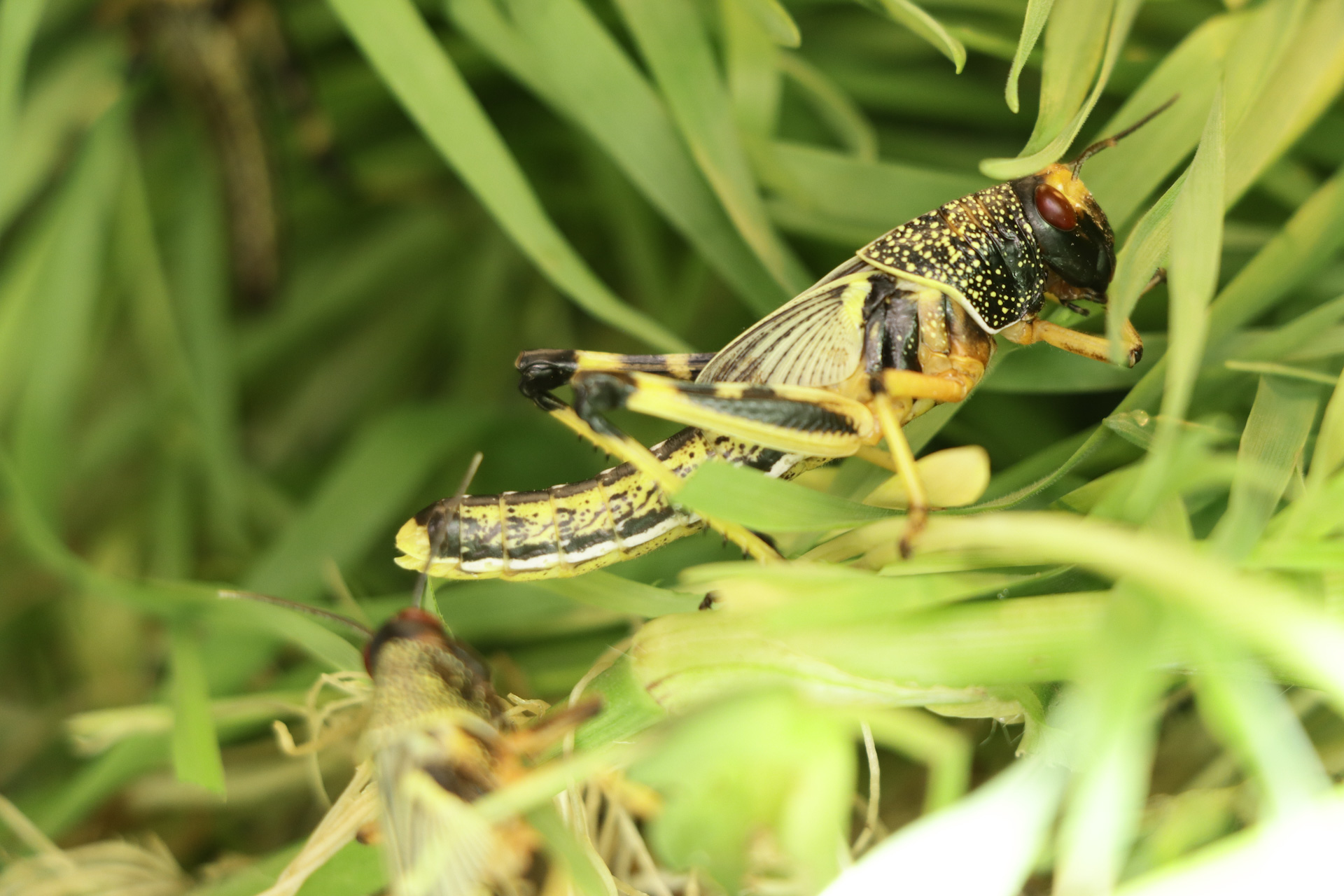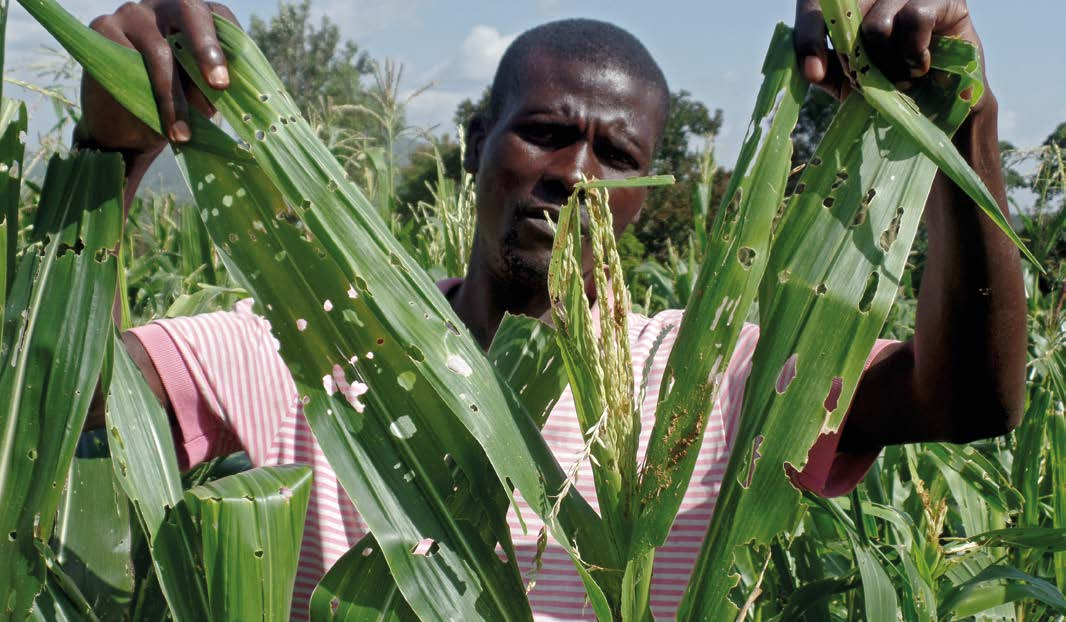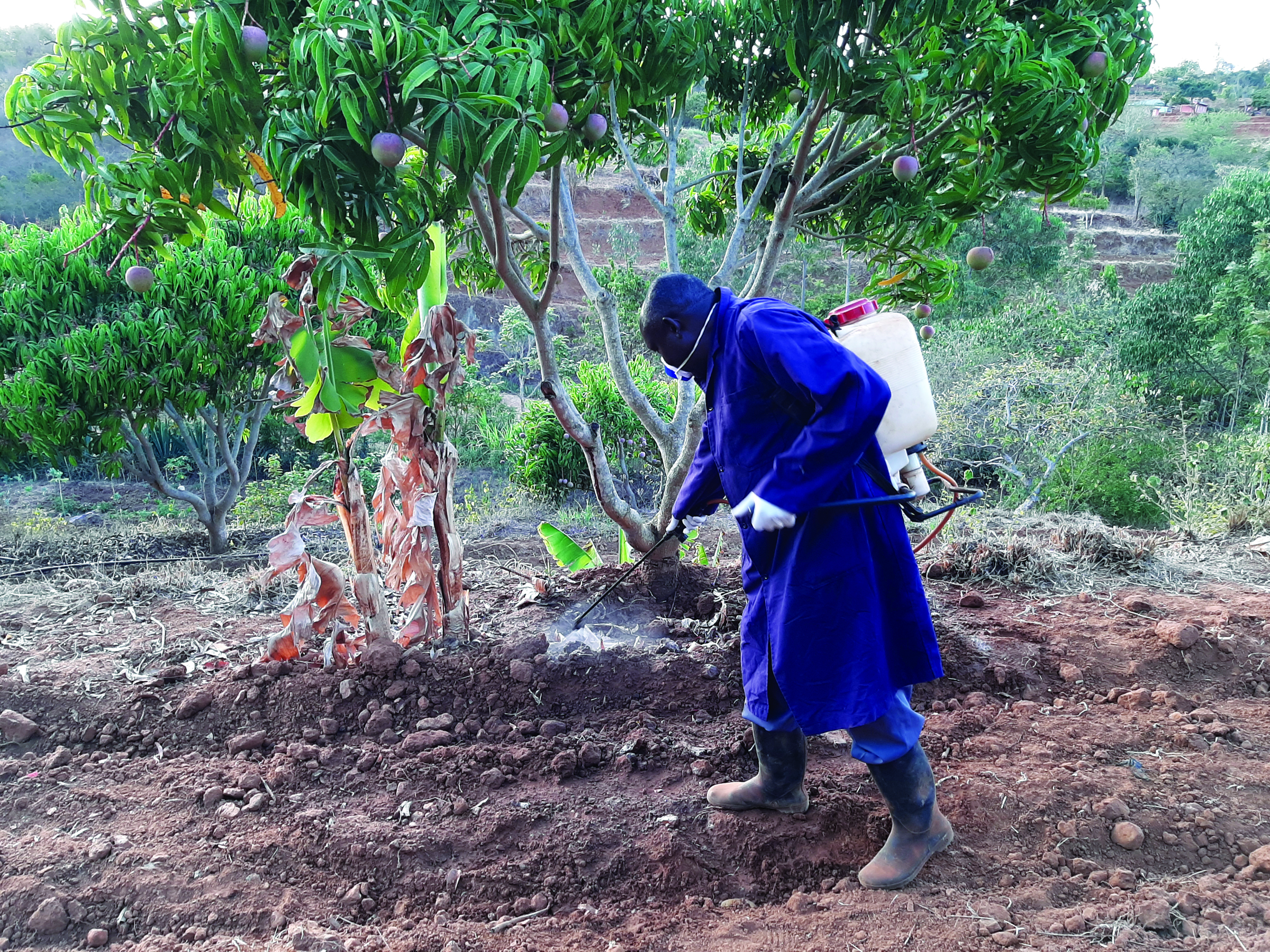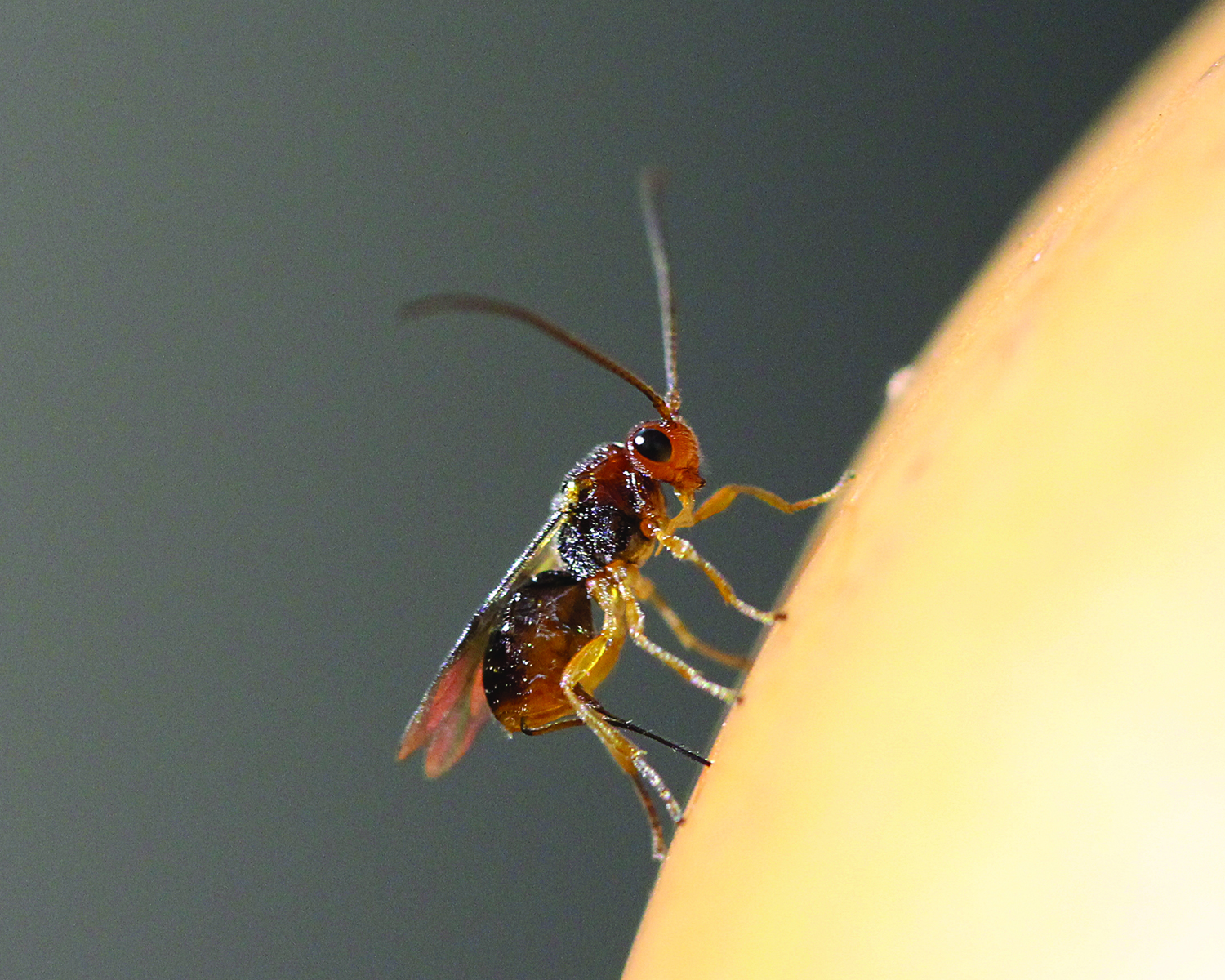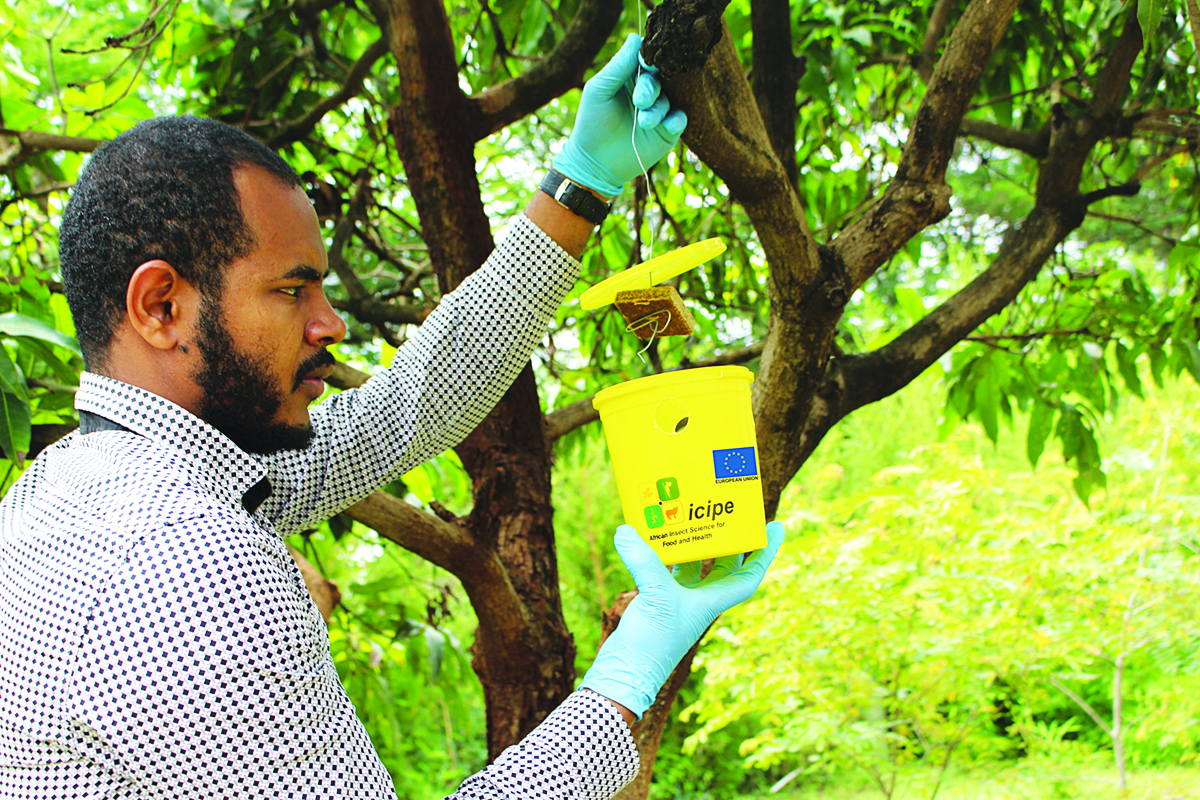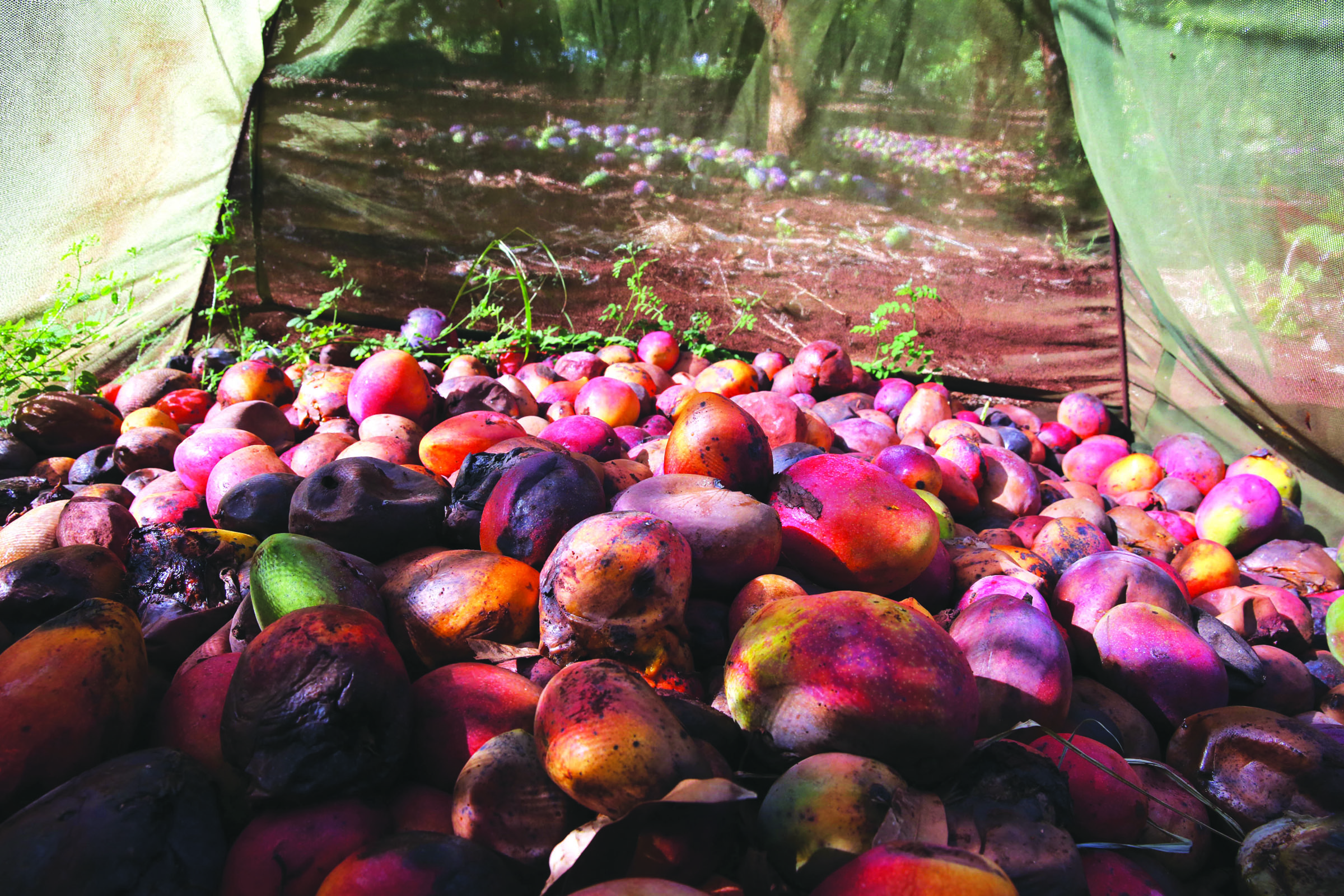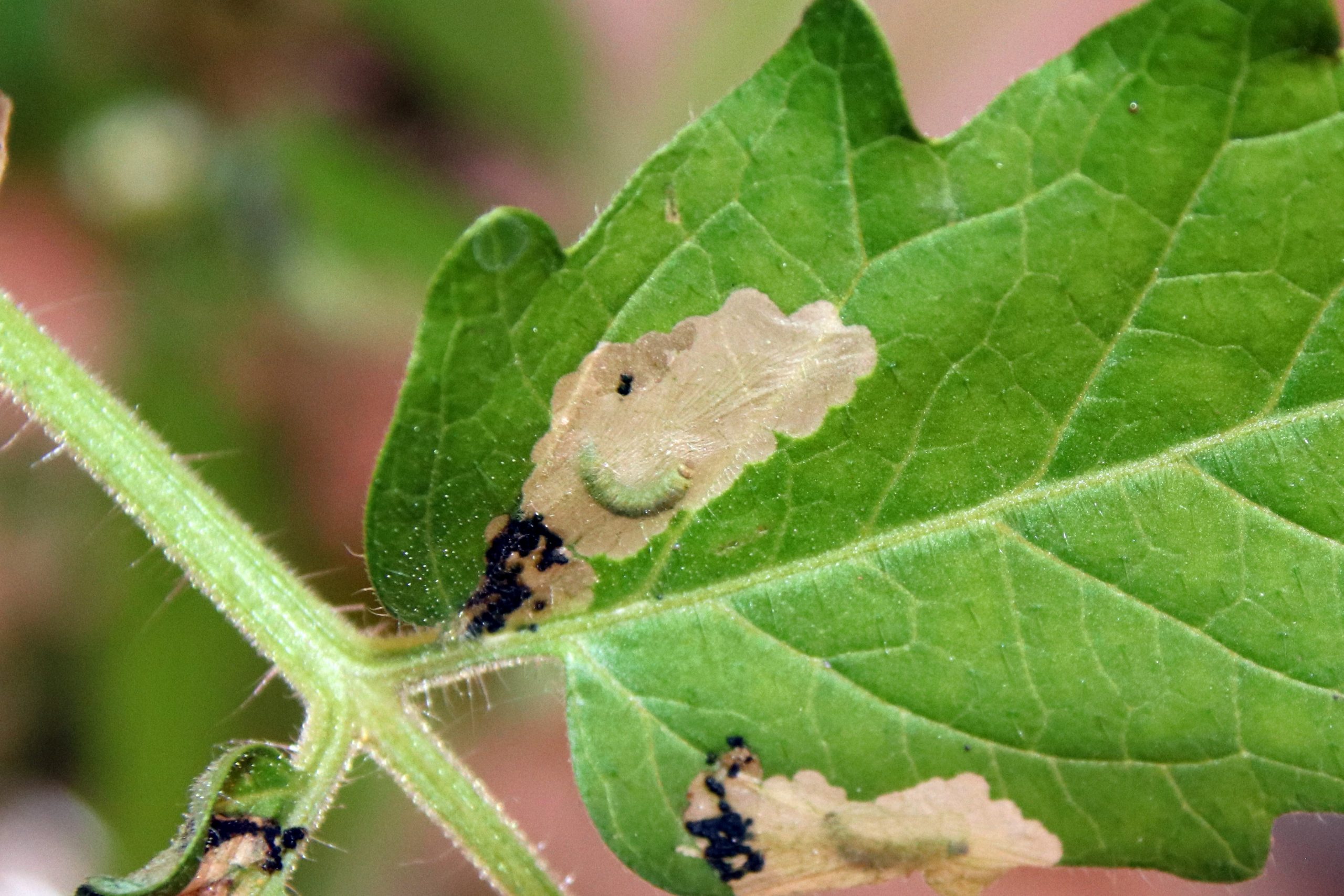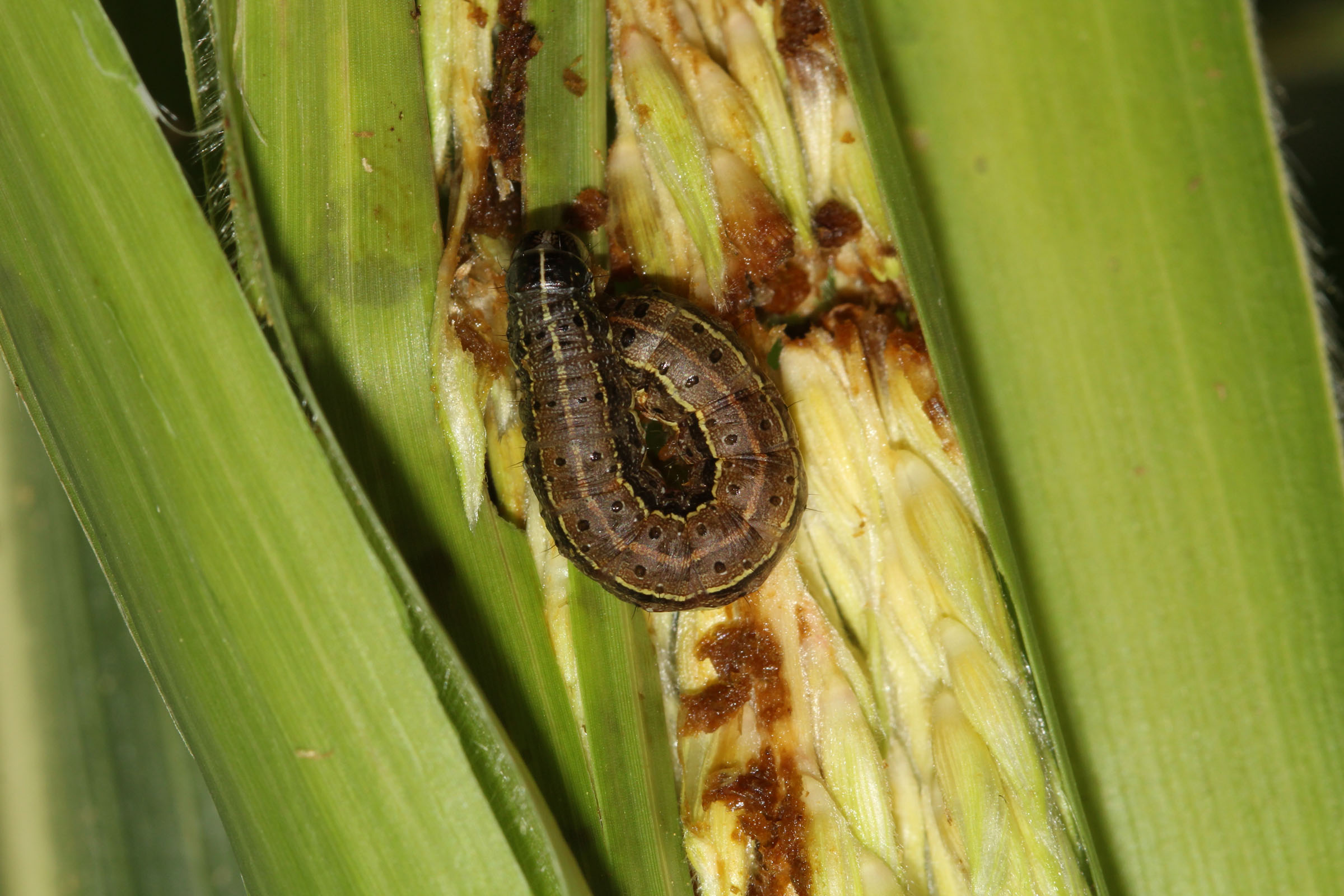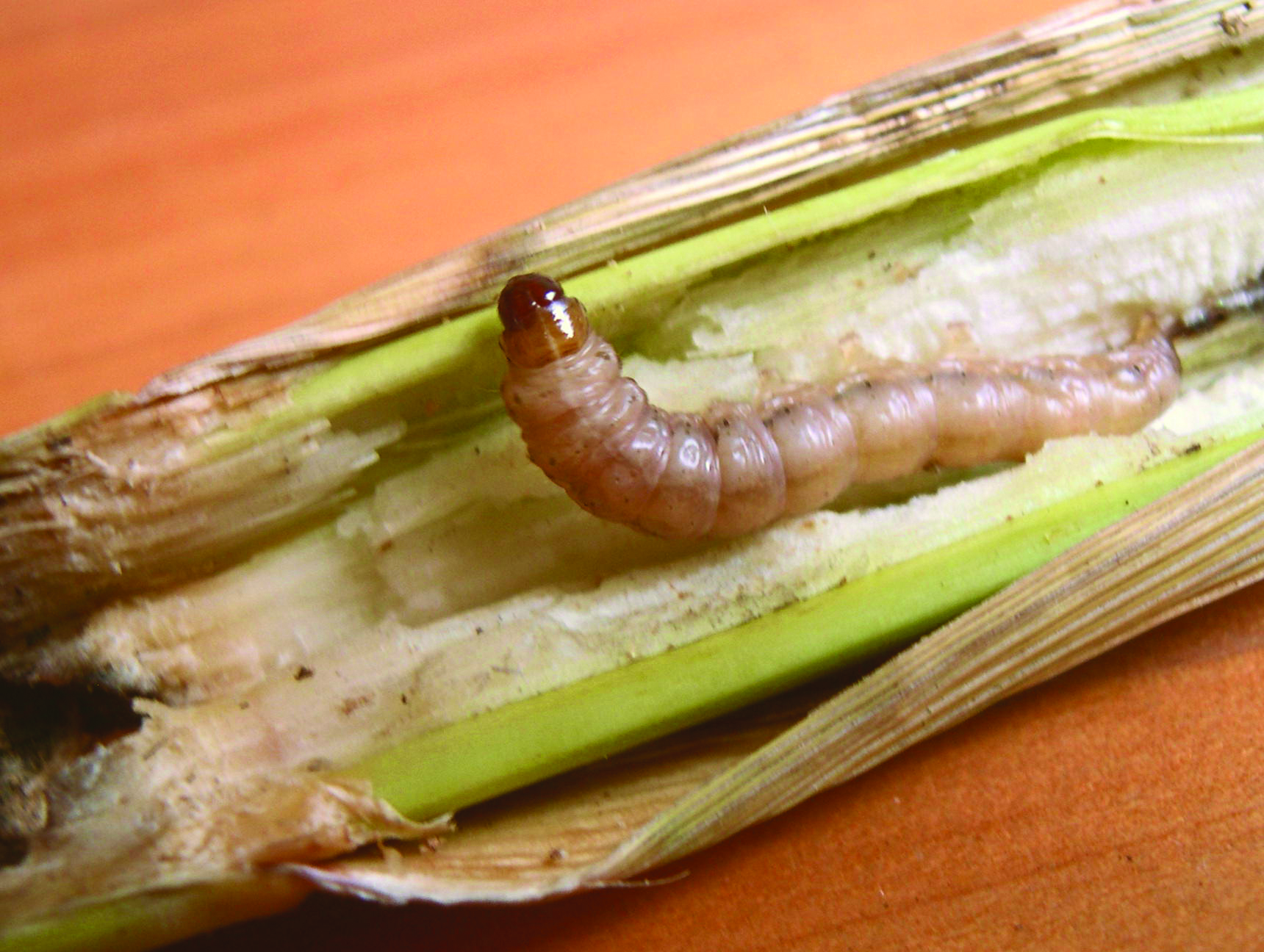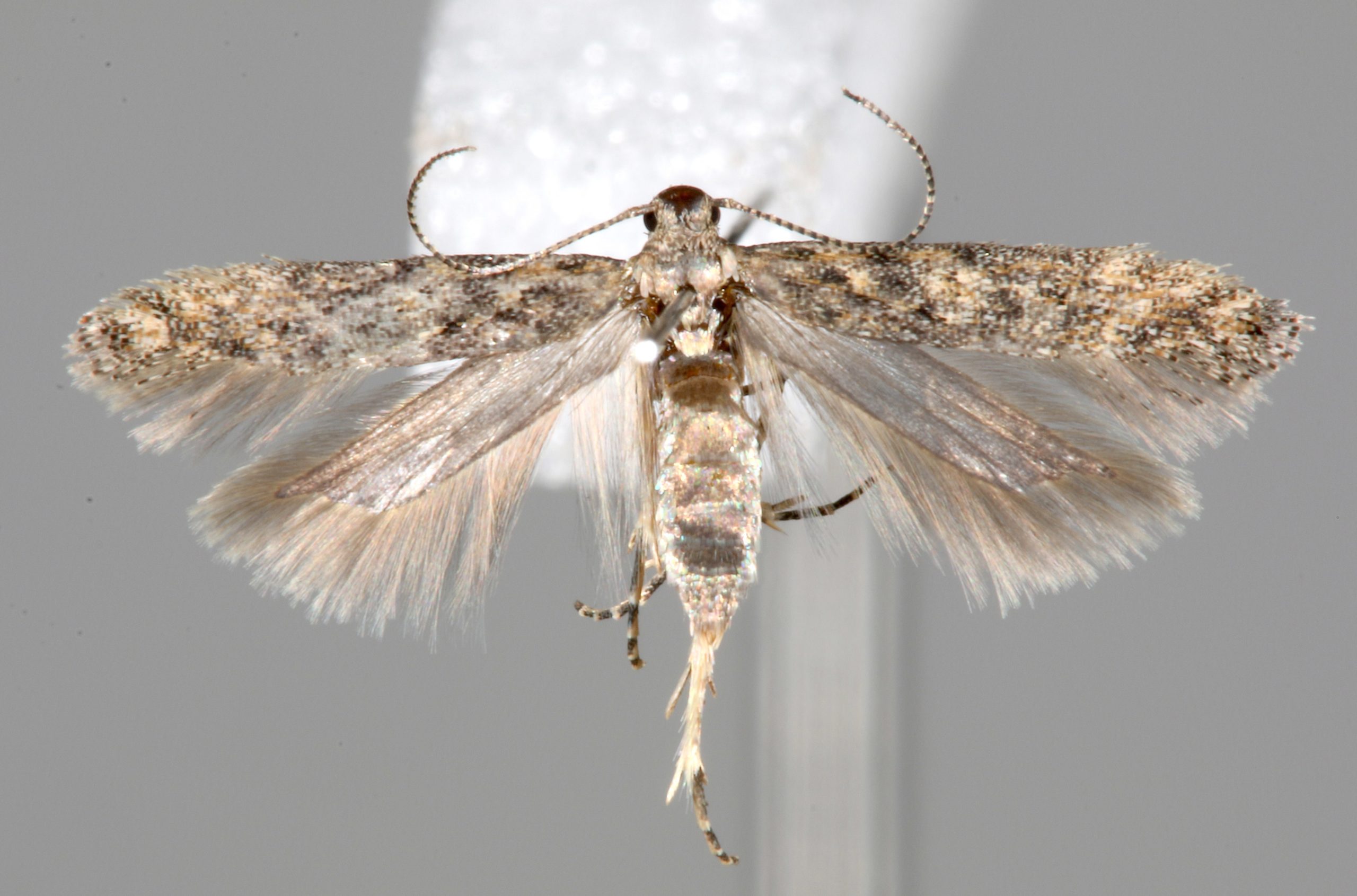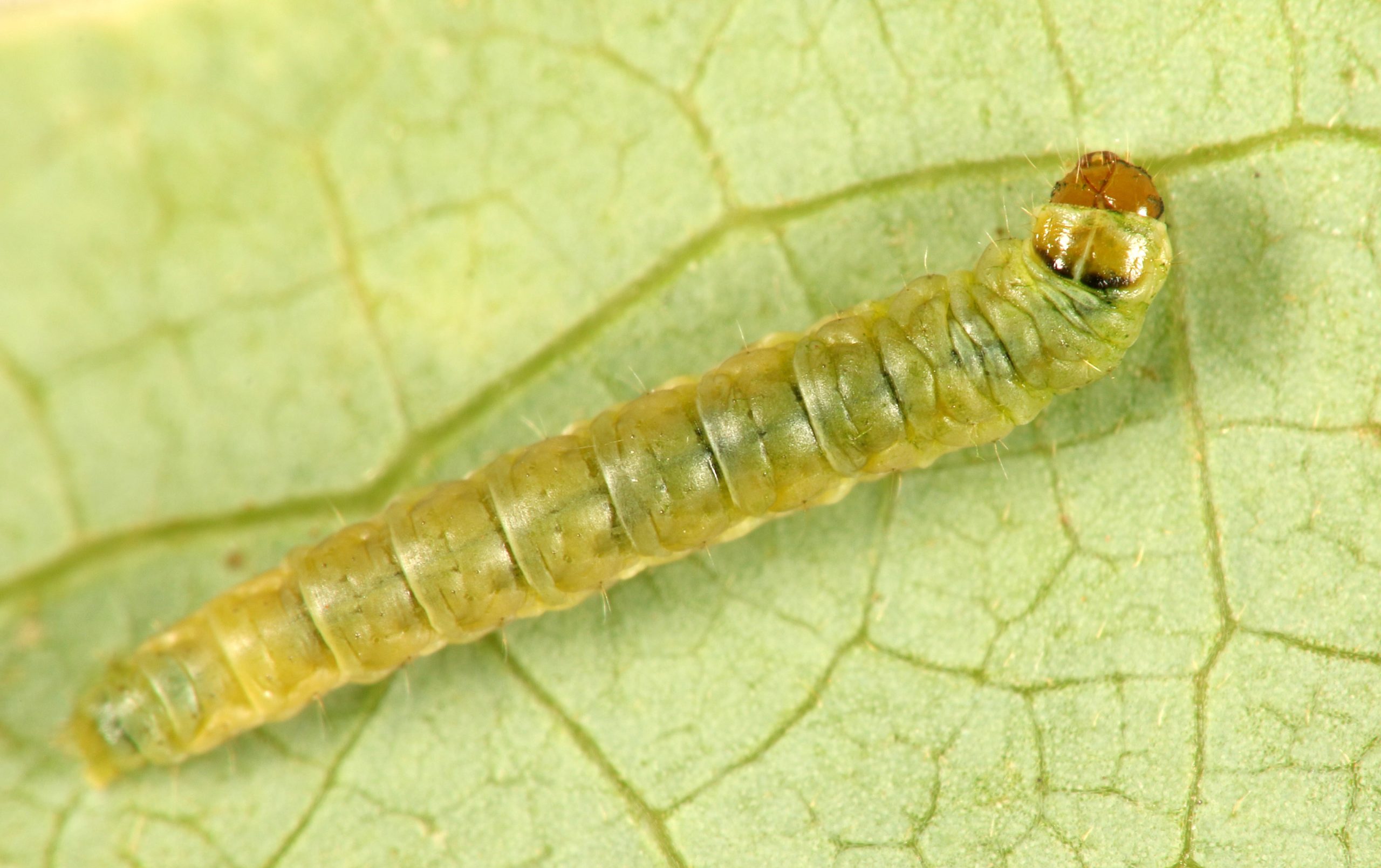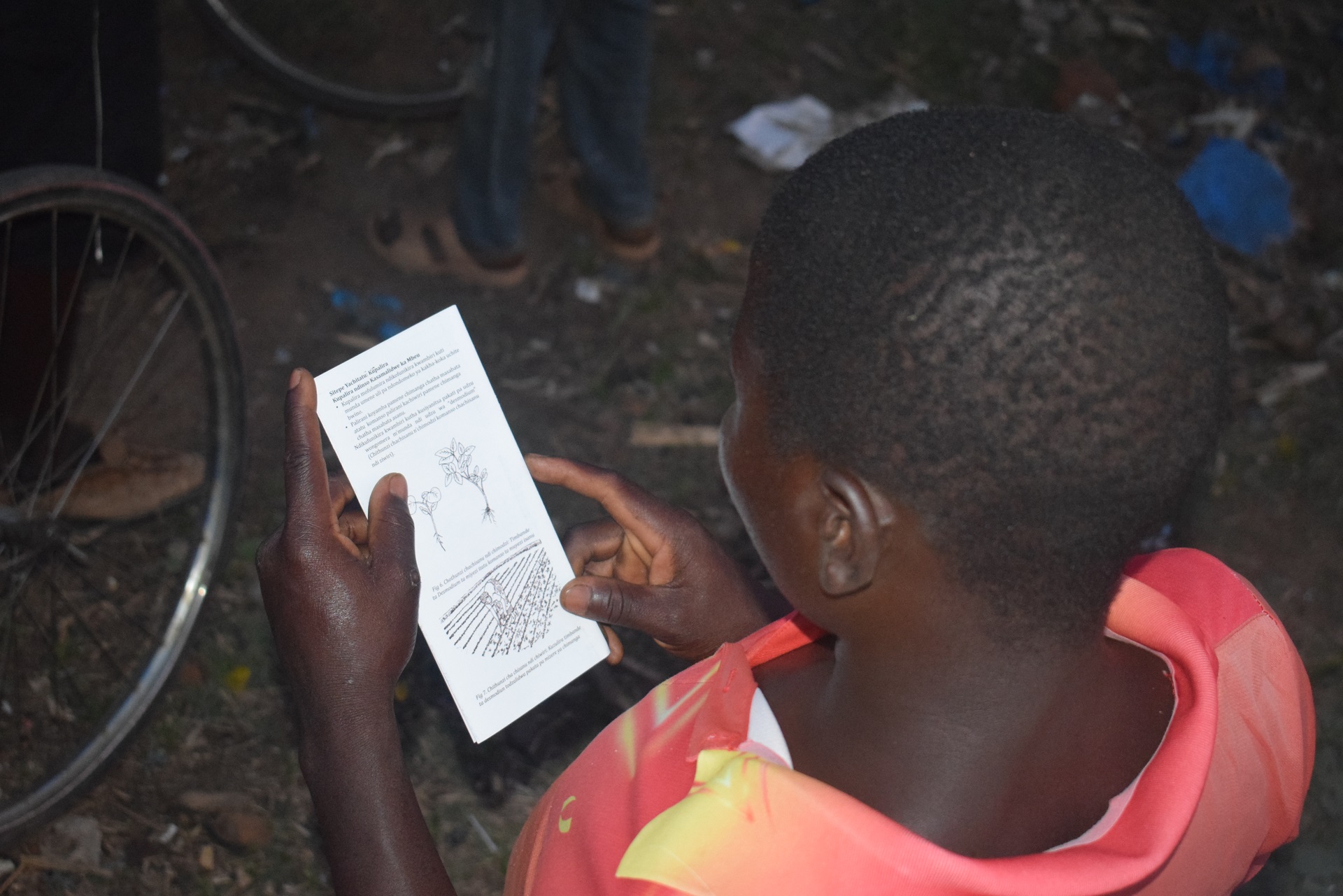All
A guide
Brochures
Fall armyworm
Fruitfly
Manual
Publications
Tuta absoluta
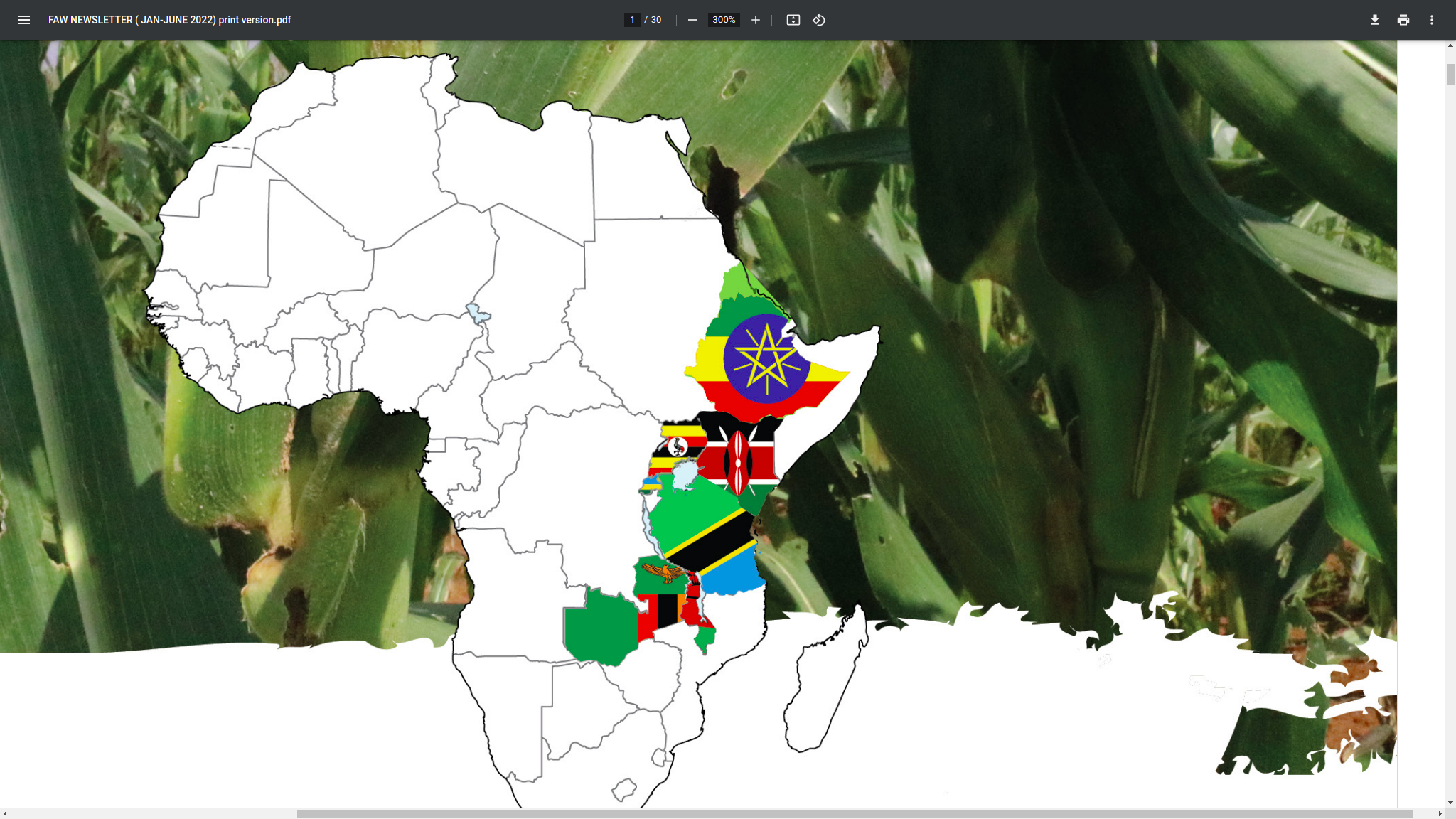
This profile provides the potential Fall armyworm (FAW) spread and risks within the maize cropping areas in Ethiopia, Kenya, Malawi, Rwanda, Tanzania, Uganda, and Zambia from July to December 2022. This profile is the 4th issue produced within a series of other FAW spread and risk newsletters published since 2021 under the USAID- funded Community-Based Fall Armyworm Monitoring and Forecasting Early Warning System (CBFAMFEW II) project.

This profile provides the potential Fall armyworm (FAW) spread and risks within the maize cropping areas in Ethiopia, Kenya, Malawi, Rwanda, Tanzania, Uganda, and Zambia from January to June 2023. This profile is the 5th issue produced within a series of other FAW spread and risk newsletters published since 2021 under the USAID-funded Community-Based Fall Armyworm Monitoring and Forecasting Early Warning System (CBFAMFEW II) project.

The desert locust, Schistocerca gregaria (Forskal) is arguably the most destructive agricultural pest globally. Favourable ecological and weather conditions can lead to rapid desert locust development, migration and spread across multiple countries, making this a major transboundary pest of great importance.
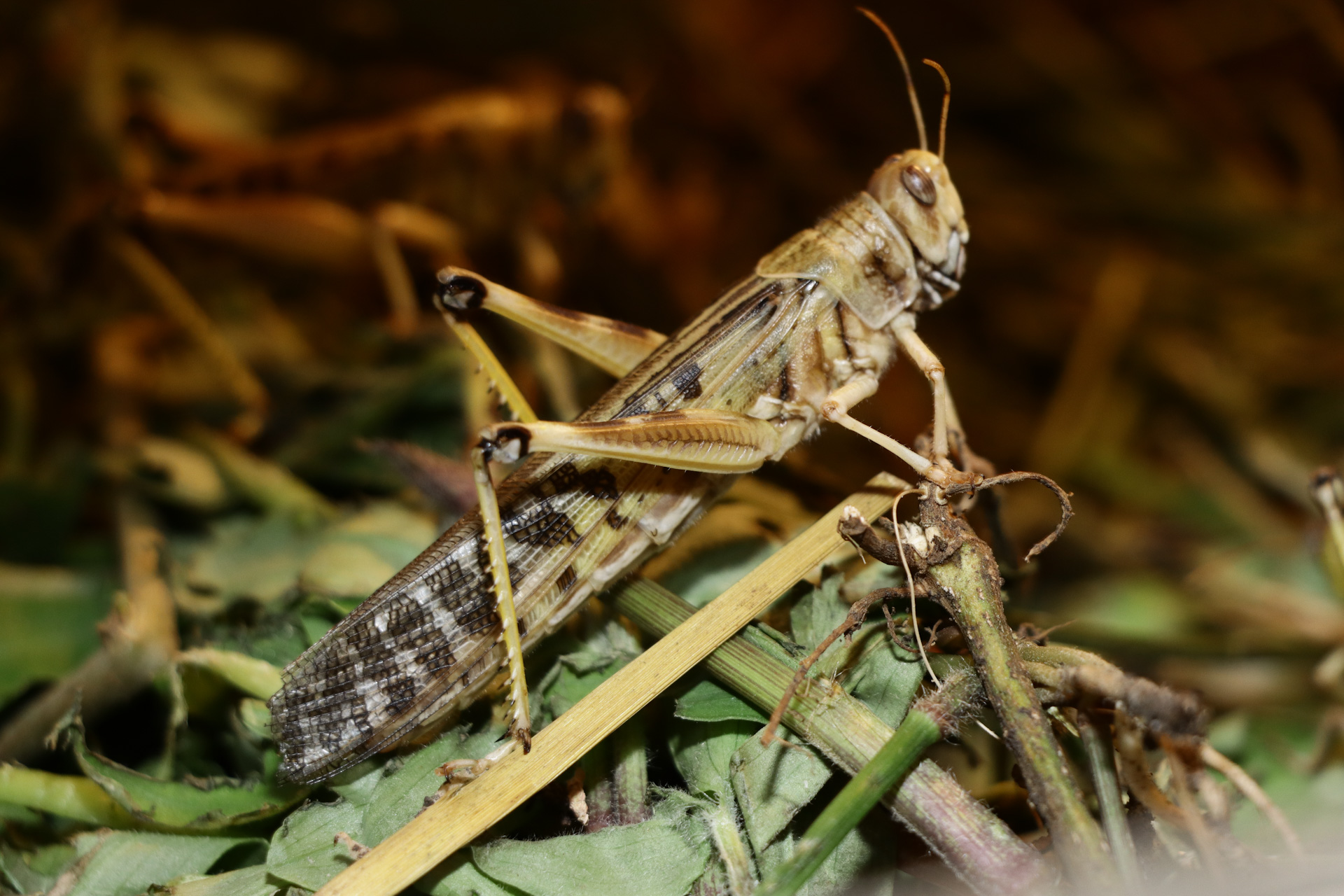
The desert locust is a species of locust and a member of the grasshopper family Acrididae, which includes most of the short-horned grasshoppers. Locusts differ from grasshoppers because they can change their behaviour and physiology in response to changes in density.
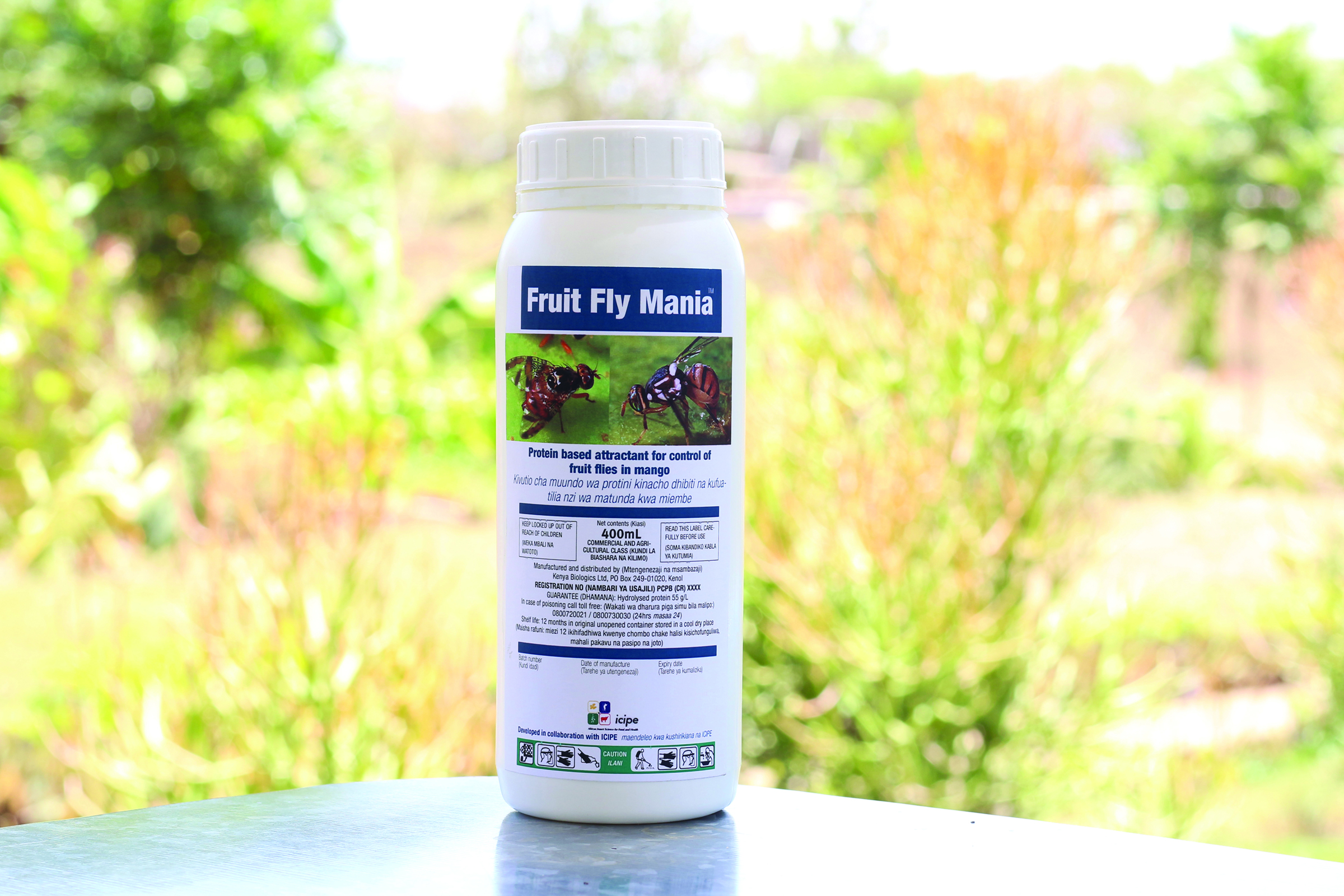
Female fruit flies require protein to mature their eggs. Sugars in protein bait are also important for the fruit flies to survive and mature. Protein bait, therefore, is attractive to female and male fruit flies. When mixed at the recommended concentration with appropriate insecticides, they attract different species of fruit flies that attack fruits and vegetables.
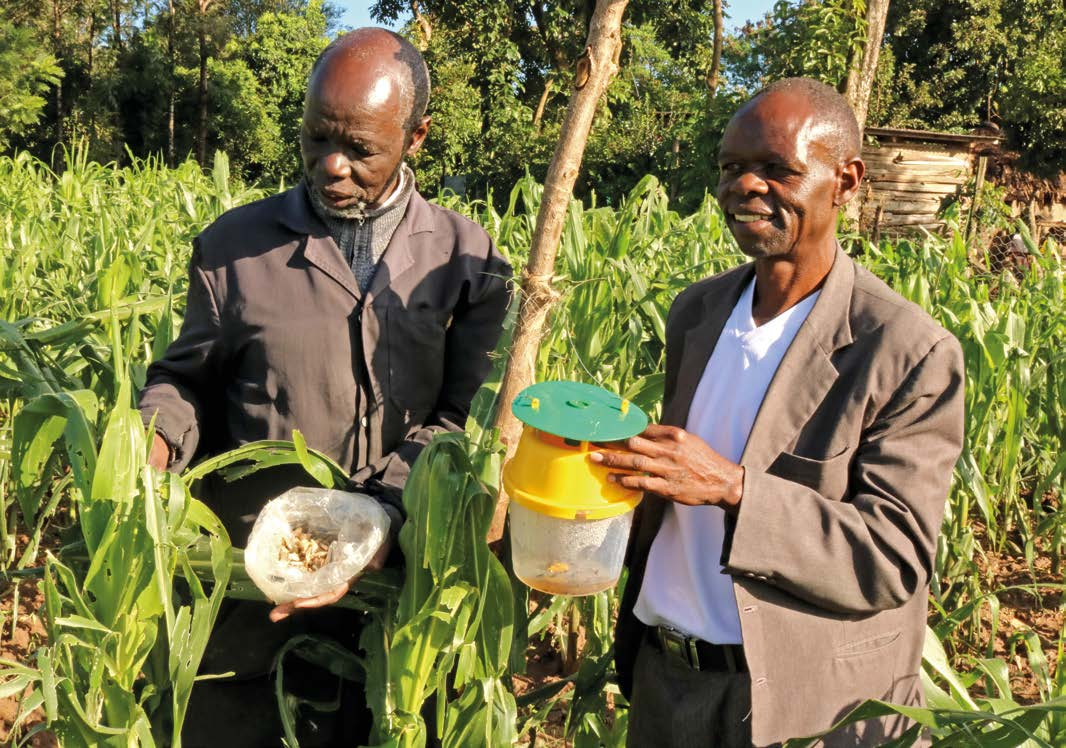
This manual presents IPM practices that are recommended to be implemented by maize growers. The IPM practices will reduce damage caused by Fall armyworm, maize stemborers and Striga, increase maize yield, protect the environment, and safeguard human health – through reduced use of synthetic chemicals.


